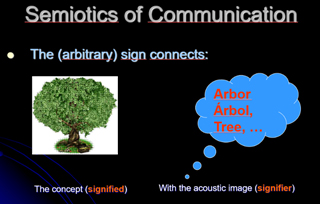Industrial design and visual communication vs perceived quality
##plugins.themes.bootstrap3.article.main##
Abstract
This contribution identifies an innovative typology of industrial design and visual communication, capable of overcoming the perception and "affordance" prob lems, that arise and develop through methodologies based on proposals on an emotional level. So far, in fact, ithas been evaluated to influence the user by exploit ing only theemotional components ofthe product, such as color and shape, running into a gap between perceived quality and real quality. Here we face a new way of developing an innovative strategy , based on erganomics, that combines the pecu liar characteristics and needs of the in dustrial object with the image of the brand to refer to. Thus, was born the in tention to make use of the most recent scientific discoveries concerning the study of cognitive processes, those on generative semiotics, Gestalt psychology, sensory synesthetic applications, up to the new studies on the evolution of the neocortex (mirror neurons. memes). in clase connection with the communica tive value of new media, social networks and the Metaverse.
##plugins.themes.bootstrap3.article.details##

This work is licensed under a Creative Commons Attribution-NonCommercial-ShareAlike 4.0 International License.
- Attribution — You must give appropriate credit , provide a link to the license, and indicate if changes were made . You may do so in any reasonable manner, but not in any way that suggests the licensor endorses you or your use.
- NonCommercial — You may not use the material for commercial purposes .
- No additional restrictions — You may not apply legal terms or technological measures that legally restrict others from doing anything the license permits.
- ShareAlike — If you remix, transform, or build upon the material, you must distribute your contribution under the same license as the original. NOTE: This point applies to numbers 1 to 20 of the magazine with the previous CC-BY-NC-SA 4.0 license. Does not apply to the new CC BY-NC 4.0 license from Volume 11, Number. 21 (2024).
References
Alexander D. and Rabourn R. 2020. Applied ergo nomics. ere press, boca raton, USA. ISBN: 978-03-674-5523- 1.
Baudouin C. 2019. Suggestion and autosugges tion: a psychological and pedagogical study based upon the investigations made by the- new Nancy school. lulu.com. ra leigh. USA. ISBN: 978-0359742745.
Bernheim H. 1891. De- la Suggestion et de son Application a la Thérapeutique-. Octave Doin Editeur. Paris. France.

























